Old Dnd Dvd Worship the Moon God Funny
Gods play a wide variety of roles inDungeons and Dragons. These roles include things from being the source of a cleric's magic to being an important supporter character in a campaign. Now there are a ton of gods inDungeons and Dragonswith the initial 5th Edition books including nearly 40 different gods.
While D&Dhas many gods and goddesses, many of them have been forgotten and not seen in the current edition of D & D. This is a shame as some of these gods are rather interesting. Here are 10 unique and interesting Gods to use in your nextD & Dcampaign.
10 Moander
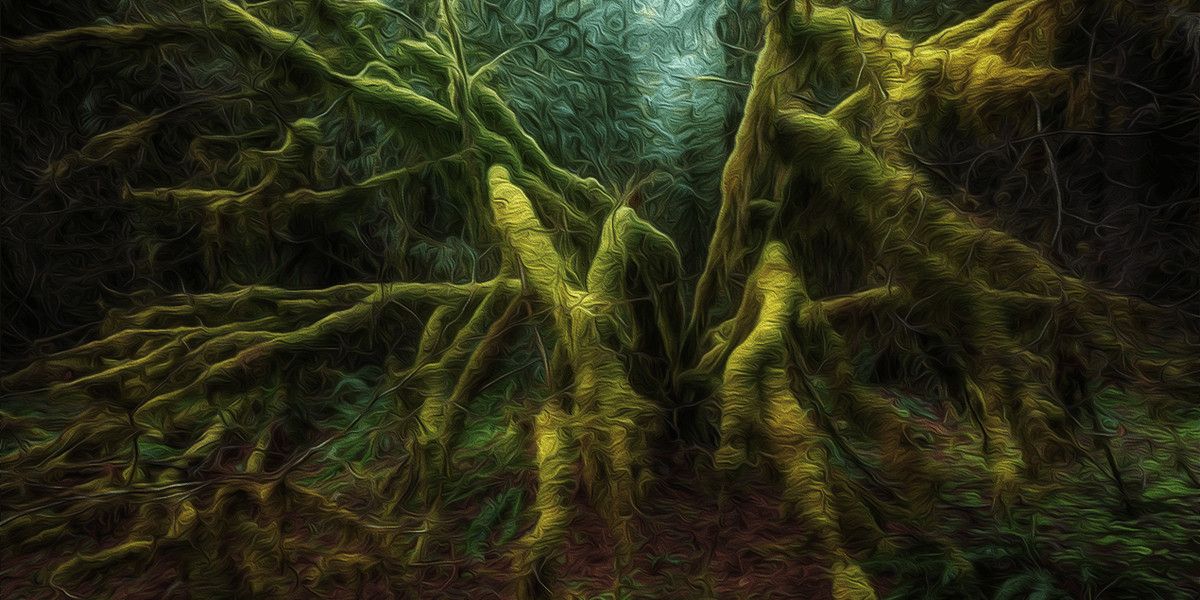
One of the creepier aspects of the Astral Planes is that parts of it are littered with the corpses of dead and forgotten gods. One of the more recent gods to join these corpses is Moander, the God of rot and decay. Moander was a major threat who nearly destroyed several major Elven cities in Faerûn's distant past before being weakened by his worshippers being massacre by the Elves in retaliation.
More recently he attempted to regain his former power but was prevented by a party of adventurers. This defeat left him weakened enough that during the Time of Trouble, the Human bard Finder Wyvernspur was able to kill him. This death was, however, was not entirely successful as Moander's presence has completely corrupted the region of Darkwatch, where his mind still resides.
9 Primus
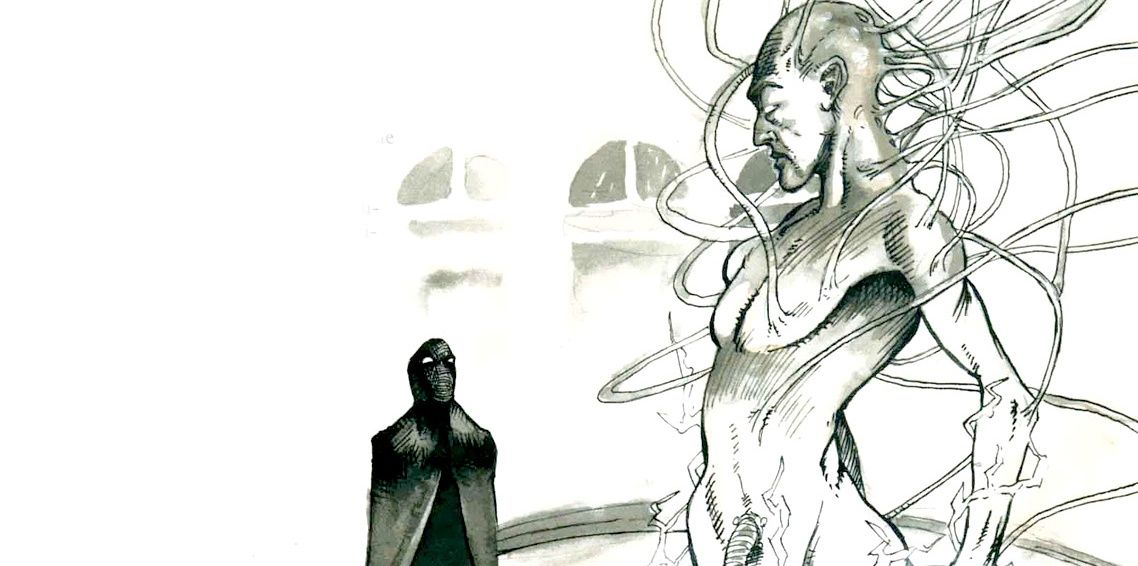
Due to how thePlanescapeandForgotten Realmsshared the same astral plane, gods from one setting can exist in the other. One of these gods is Primus. Primus is the ruler of the realm of Mechanus and its Modron inhabitants. While Primus is not technically a god, it functions in a similar role for the Modrons.
Primus was however killed by the demon Orcus in his quest for godhood. While dead, Primus lives on through both his memory being transferred to one of his secundi and remained a presence in the multiverse as a vestige.
8 Hlal
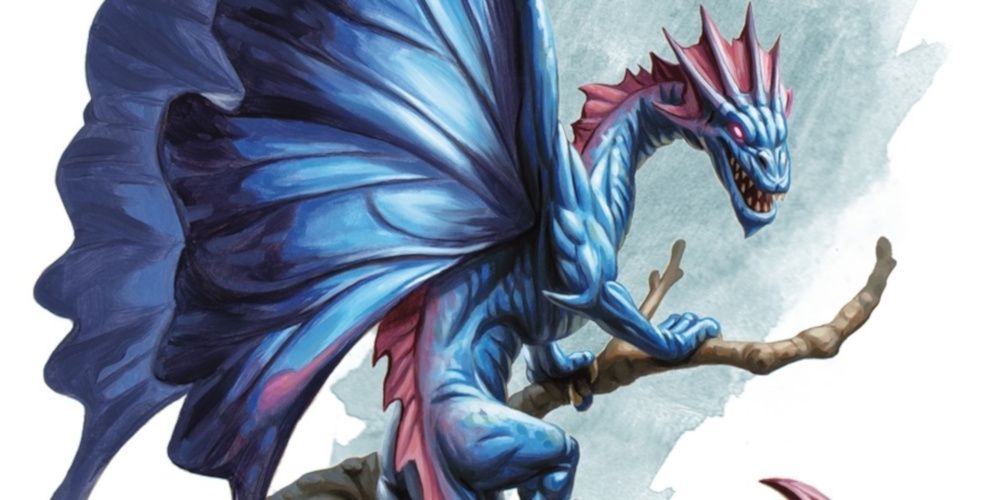
While not usually brought up, Dragons also have their own pantheon of gods that they worship. Hlal is one of these gods being the goddess of humor, inventiveness, and pleasure. She also serves as the messenger for greater Draconic god Asgorath. Despite being worshiped solely by Dragons, she has also appeared in several Elven legends.
Personality-wise, Hlal goes against the common stereotype of the stern or vicious dragon. She is instead a jokester that enjoys wordplay and beings with a sophisticated sense of humor. She is also protective of all races and beings with Draconic blood in them.
7 Nobanion
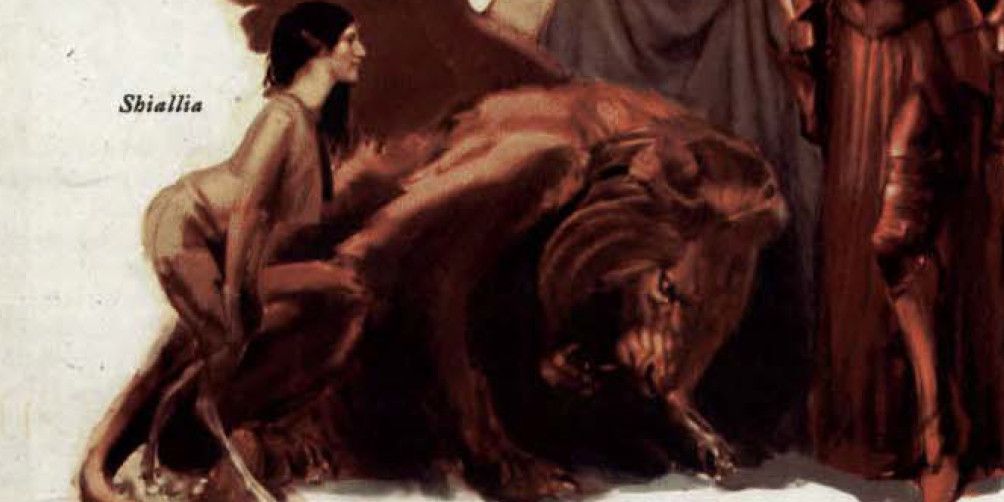
Nobanion is a deity with a rather interesting history. Nobanion is an interloper from an unknown plane that rescues the people of the Vilhon Reach from the worshippers of Malar. He also picks up worshipers from the Wemics, a race of noble lion-like creatures. Among his worshippers, he is praised as a god of royalty and lions.
Nobanion was, however, was highly changed by Spellplauge with him now taking on a more bestial form. This new form made his rival Malar capable of taking control over him. He was, however, healed of his mutation by Stedd Whitehorn and his companions.
6 Iixendren
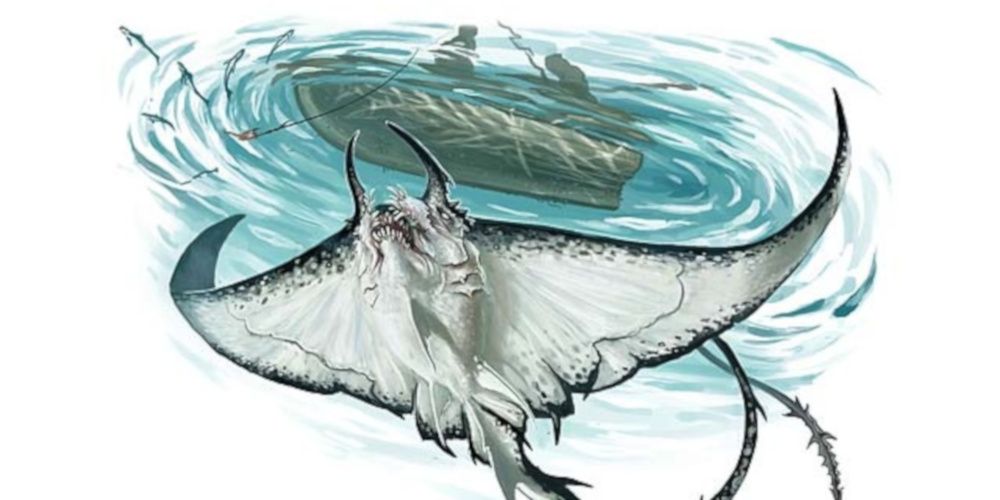
Probably the strangest god on this list, Iixendren is the patron deity of the Ixzan. The Ixzan being a race of sentient manta-ray looking creatures that live in the Underdark. The Ixzan currently believe that were created by this god, but the truth is more complicated.
That truth being that Iixendren became the patron deity of the Ixzan after his followers won a war against the Ixzan's follower of several other gods for patronhood. This war also made him the enemy of several other gods that are popular with the denizens of the Underdark.
5 Bala
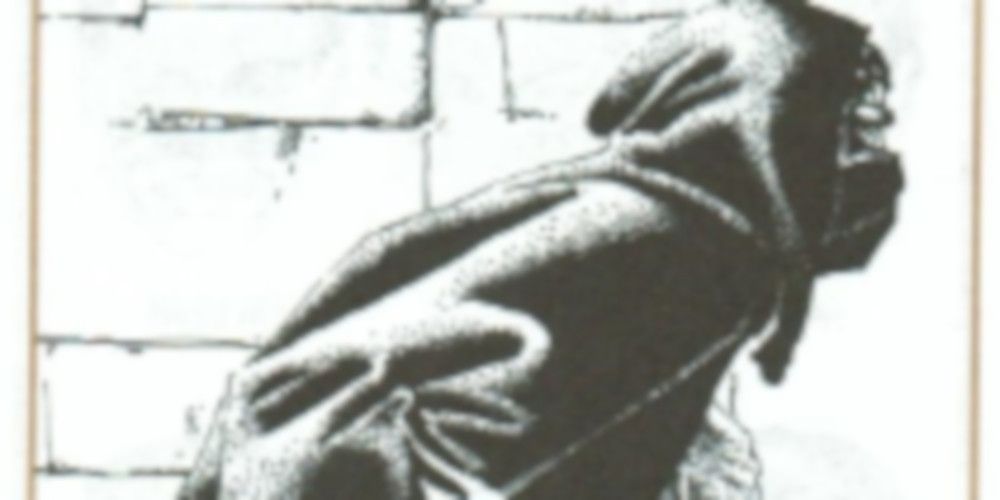
The Humans of Zakhara primarily worship the eight Great Gods that represent the eight virtues that the Zakharan people most value. There, however, are other gods that Zakharan worship like the goddess Bala. Bala is a goddess of music that emphasizes its ability to lift the spirt up and mitigate suffering.
RELATED: Dungeons & Dragons: 10 Characters To Inspire Your Next Bard
Despite being worshipped in Zakhara, her religious order was originally from Mahabba but was driven out by the Pantheists. This persecution led to the religious order for a music goddess being surprisingly militant with them even having an order of assassins that target Pantheists.
4 Psilofyr
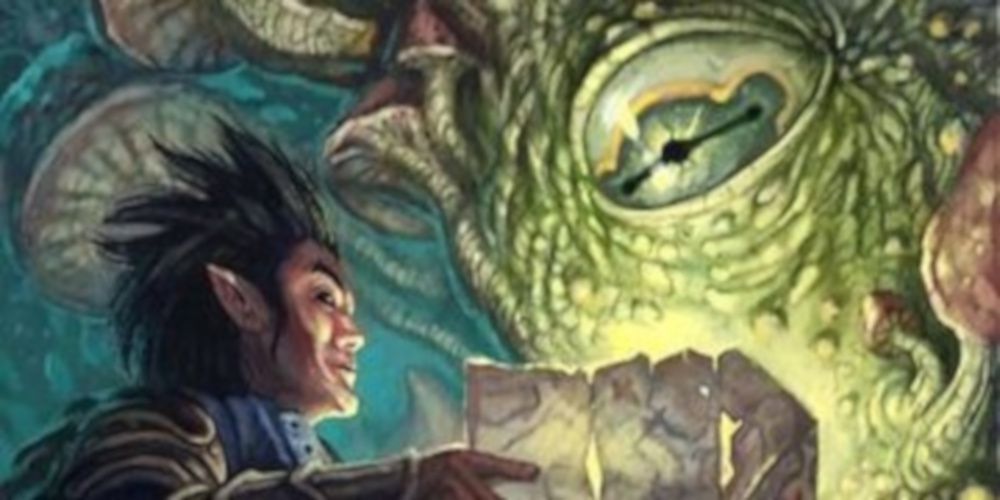
One of the interesting aspects ofD&D lore is that nearly every race of monsters has deities of their own. For example, the Myconids have a patron deity in the form of Psilofyr. Psilofyr existed in the form, befitting of a mushroom, of a singular extensive fungal root system found in the dark.
His fungal nature led to him having split into multiple entities. One of these entities would find himself in the realm of Mechanus and another in the Underdark. The main entity has, however, retreat into the Feydark and most Myconids do not know of his existence.
3 Great Mother
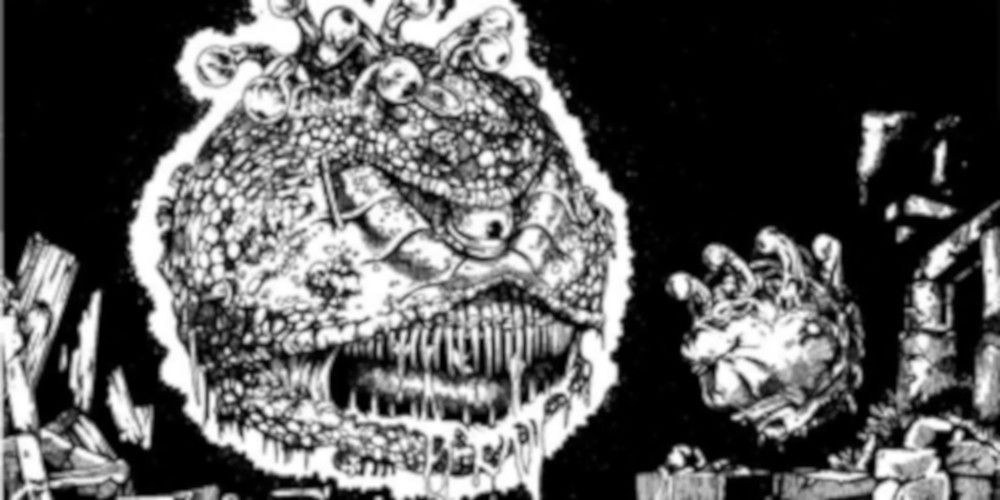
Speaking of monster deities, the Beholders have their own god. That god is the Great Mother. Unlike most dieties, the Great Mother is revered by the Beholders for solely spawning their race rather for potentially aid. The reason being that the Great Mother has gone insane from eldritch knowledge and barely responds to any attempt to attract her attention.
Despite this apathetic nature, the Great Mother has non-Beholder worshippers. These worshippers are doing this to gain the eldritch knowledge and powers of the Beholder race that require them to become honorary Beholders.
2 Null
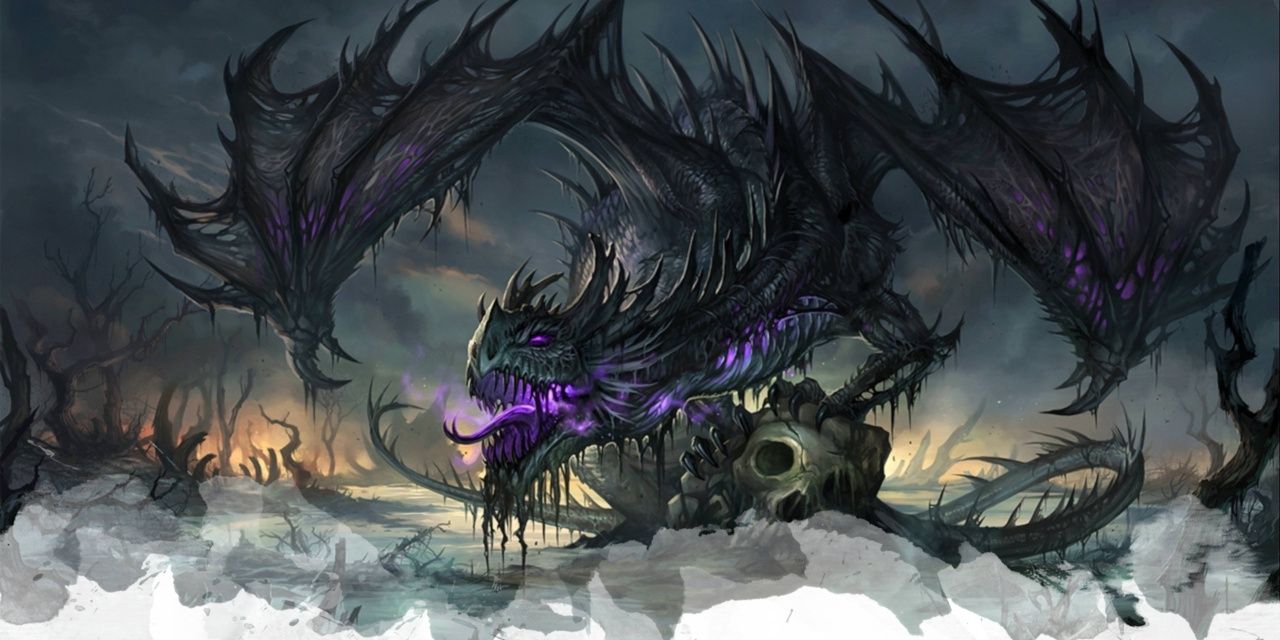
Another Draconic deity of note is that of Null. Null is the Draconic god of death with two unique aspects. One is the Reaver which empathizes death as the natural result of living and gave boons to those that accelerate the process. A worshipper of the Reaver would often look like the dragon in the image above by Sandra The other is the Guardian that empathizes with death as simply the starting point of another form of existence.
This dual aspect of Null's nature makes him one of the few Draconic gods to worship by both good and evil Dragons. He was also the only Draconic deity to be either neutral or ambivalent about the conflict between Bahamut and Tiamat.
1 Kyuss
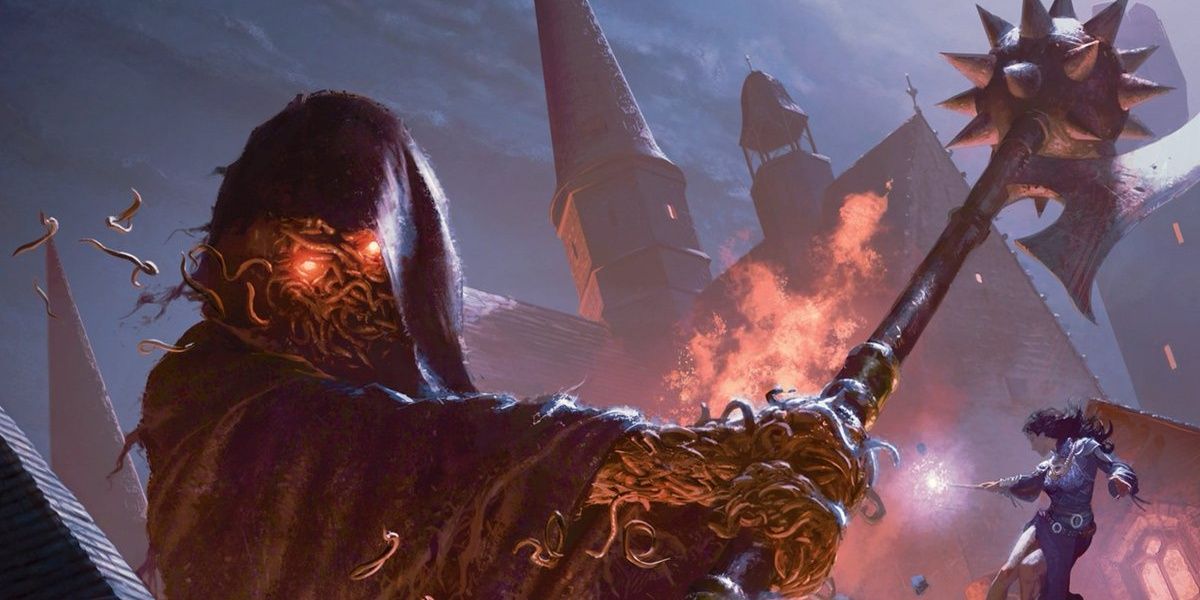
The most monstrous example of a mortal becoming a god is that of Kyuss. A necromancer, Kyuss took control of Wormcrawl Island near the continent of Matzica. Their he ruled as a god-emperor before he conducted a bloody ritual to ascended to godhood.
This process transformed him into a massive being composed of thousands of worms. However, due to the ritual killing any potential believer, he is stuck on Wormcrawl Island unless he can reform his cult. His knowledge of ascending to godhood would make him the target of several cults seeking his knowledge to bring back their gods that were killed during the Time of Trouble.
Source: https://www.cbr.com/unique-gods-in-the-dd-universe-everyone-forgets-dungeons-dragons-moander-primus-hlal/
0 Response to "Old Dnd Dvd Worship the Moon God Funny"
Post a Comment